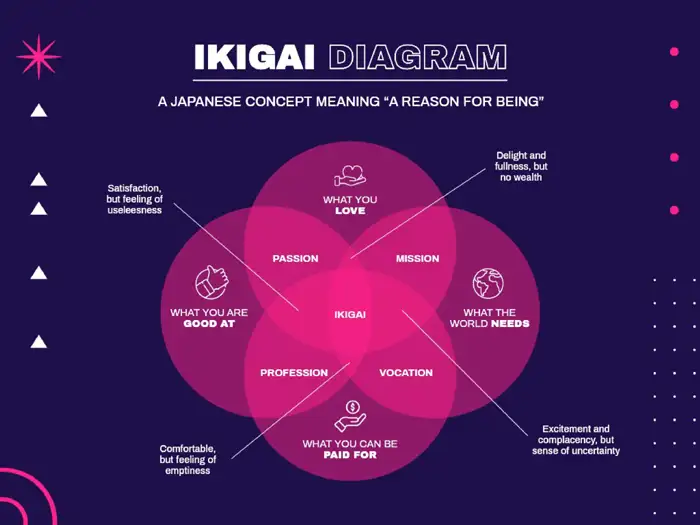What is learner-centered method in second language learning and teaching
Learner-centered Method

Learner-centered method is principally concerned with learner needs, wants, and situations. These methods such as Communicative Language Teaching seek to provide opportunities for learners to practice preselected, presequenced linguistic structures and communicative notions/functions through meaning-focused activities, assuming that a preoccupation with form and function will ultimately lead to target language mastery and that the learners can make use of both formal and functional repertoire to fulfill their communicative needs outside the class (Kumaravadivelu, 2006). In both learner-centered and language-centered methods, language development is more intentional than incidental.

Learner-centered pedagogists aim at making language learners grammatically accurate and communicatively fluent. They keep in mind that learner’s real-life language use in social interaction or for academic study, and present linguistic structures in communicative contexts.

Learner-centered methods are linear and additive. Proponents of learner-centered methods,, like those of language-centered methods, believe in ‘accumulated entities’ the one major difference is that in the case of language-centered methods, the accumulated entities represent linguistic structures, and in the case of learner-centered methods, they represent structures plus notions and functions. Furthermore, just as language-centered pedagogists believe that the linguistic structures of a language could be sequentially presented and explained, the learner-centered pedagogists also believe that each notional/functional category could be matched with one or more linguistic forms, and sequentially presented and explained to the learner (Kumaravadivelu, 2006).

According to Brown (2007), learner-centered instruction includes: (1) techniques that focus on learners’ needs, styles and goals, (2) techniques that give some control to the students, (3) curricula that include the consultation and input of the students and that do not presuppose objectives in advance, (4) techniques that allow for student creativity and innovation, (5) techniques that enhance a student’s sense of competence and self-worth (p. 52).

Breen and Littlejohn (2000): learner-centered curriculum gives some responsibilities and control to the students and make them ready to take control by teaching them some skills they need to continue learning on their own.

In this approach, the learner is involved, as far as possible and feasible, in the planning, implementation, and evaluation of the curriculum. This involvement is felt to increase the interest and motivation of the learners. It is also felt to be a particularly effective way of developing the learners’ learning skills by fostering a reflective attitude towards the learning process. The students develop a sense of ownership or belongingness to their own classes.

In this educational approach based on learner-autonomy, more value is given to ‘performance objectives’ where the learners are prepared to do their best to perform what is expected of them as the result of the instruction. Learner-centered curriculum, according to Richards (2001), stresses the individual needs of learners, the role of individual experience, and the need to develop awareness, self-reflection, critical thinking, learner strategies and other qualities and skills that are considered to be significant for learners to develop.
References
- Breen, M. P., & Littlejohn, A. (2000). Classroom decision-making: Negotiation and process syllabuses in practice. Cambridge: Cambridge University Press.
- Brown, H. D. (2007). Teaching by principles: An interactive approach to language pedagogy (3rd). White Plains, NY: Pearson Education, Inc.
- Kumaravadivelu, B. (2006). Understanding language teaching: From method to postmethod. Mahwah, NJ: Lawrence Erlbaum Associates, Inc.
- Richards, J. C. (2001). Curriculum development in language teaching. Cambridge: Cambridge University Press.



